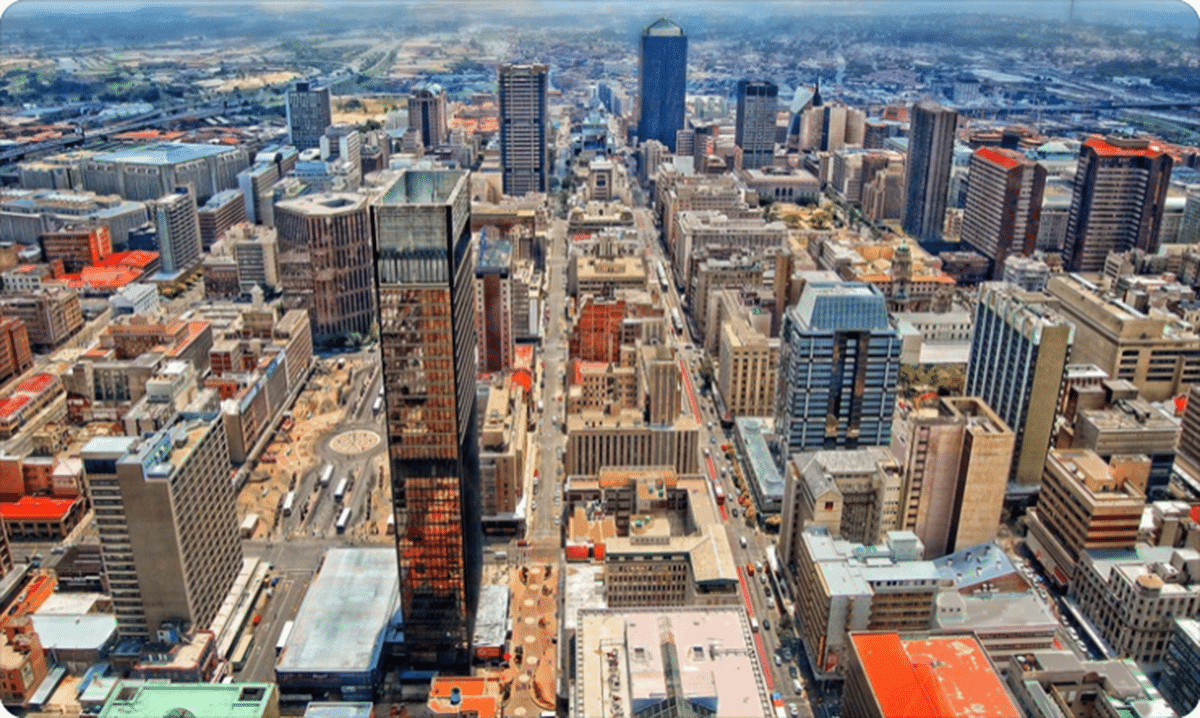As the world evolves, well-planned urbanization has become essential to accommodate the rapidly growing global population. This has driven the transformation of several non-capital cities into thriving megacities, capable of meeting the demands of progress.
Here are some cities that exemplify resilience and innovation, emerging as hubs for finance, commerce, recreation and residential living, and transforming challenges into opportunities to become global icons.
Rotterdam
Netherlands
Though less famous than Amsterdam, Rotterdam has grown from an industrial hub to a dynamic city known for its innovative urban development.
Once impacted by industrial decline, the city rebounded with a population of 651,000 and boasts one of Europe’s youngest demographics, with 30 percent under the age of 25, according to according to sustainable urban development program UrbAct.
Rotterdam’s economy, historically dominated by shipping, now includes health, education, and consumer services sectors. Its forward-thinking governance has made it a leader in sustainability and innovation. In terms of infrastructure, Rotterdam was the first Dutch city to open a metro network in 1968. Five of Netherlands’ tallest buildings can also be found in this city.
Johannesburg
South Africa
Johannesburg, South Africa’s largest city, transitioned from a mining town to the economic heart of sub-Saharan Africa. Though it is not the capital city, Johannesburg is recognized as the country’s chief industrial and financial metropolis.
With a population of over 4.4 million, it generates 16 percent of the nation’s GDP, and employs 12 percent of the national workforce. Its infrastructure matches leading first world cities, yet the cost of living is far lower. Known for its vibrant culture and modern infrastructure, Johannesburg is home to Ponte City, Africa’s tallest residential building, and the world’s largest man-made forest, with over six million trees.
Busan
South Korea
South Korea’s second-largest city, Busan, thrives as the country’s largest container port and fifth busiest international port. It has an estimated population of 3.46 million. Its annual foreign visitors are estimated at over 2.6 million in 2019. For visitors of the city, it is a more relaxed place to visit than the capital Seoul.
Its laidback charm and economic opportunities make it a compelling destination for both visitors and investors. Add to that its strategic location and competitive infrastructure, which attracted investments in the city. According to InvestKorea, as of September 2022, the number of foreign-invested enterprises investing in Busan reached 598. Specifically, investment in the service sector amounts to 71.1 percent (of which the wholesale and retail distribution make up 58.8 percent) while investment in the manufacturing industry stands at 27 percent, and others at 1.9 percent.
Beyond its industrial prowess, Busan has become a hub for international events like the Busan International Film Festival and is a strategic location for investments in retail, tourism, and IT. It has also hosted major international events, such as the 14th Asian Games Busan (2002), APEC Economic Leaders’ Meeting (2005), and ASEAN-ROK Commemorative Summit (2014 and 2019).
Chengdu
China
Known for pandas and spicy cuisine, Chengdu has emerged as a livable and green metropolis, earning the title of China’s Happiest City for 12 consecutive years. Despite being China’s fourth largest city in terms of population, the more laidback way of life and cultural backdrop of the city contribute significantly to Chengdu’s high livability ratings.
Positioned as a “Park City,” Chengdu is also investing in infrastructure projects like the Tianfu Greenway, an expansive network of green trails intended for cycling and walking, aiming to enhance the urban natural environment.
In 2021, plans were unveiled for the construction of the Chengdu Future Science and Technology City. This will be home to multiple new universities, laboratories and offices to cater to the growing developments in the city. The development was to be built in a rural area close to the Tianfu International Airport that opened officially in June 2021. Chengdu is the only third Chinese city, after Beijing and Shanghai, to be served by two international airports.
Kaohsiung
Taiwan
Once Taiwan’s maritime and heavy industry hub, Kaohsiung has transformed into a vibrant cultural and economic center. For a period of time, Kaohsiung was focused on catching up to Taipei’s progress. But as the city evolved and investments poured in, there is no longer the need to compare itself to other cities.
The government focused on developing the ports of Kaohsiung and stimulating economic activity in the area to avoid decline. These led to programs focused on building infrastructure projects that would spur the city’s urban development. Among the most important infrastructure projects include: the Kaohsiung Music Center, the circular light rail system, the Kaohsiung Port Terminal, the Kaohsiung Exhibition Center, and the Kaohsiung Main Public Library. These have helped elevate the city’s global profile.
With record-breaking visitor numbers and efforts to strengthen its tech sector, Kaohsiung continues to evolve as a modern, diverse port city.
Sources: Reuters, CNN, Science Direct, urbact.eu, theneweconomy.com, cbc.iclei.org, amexessentials.com, weforum.org, sichuantravelguide.com, stassa.gov.za, joburg.gov.za, taiwan.net, cw.com.tw, investkorea.org, intelligentcitieschallenge.eu



